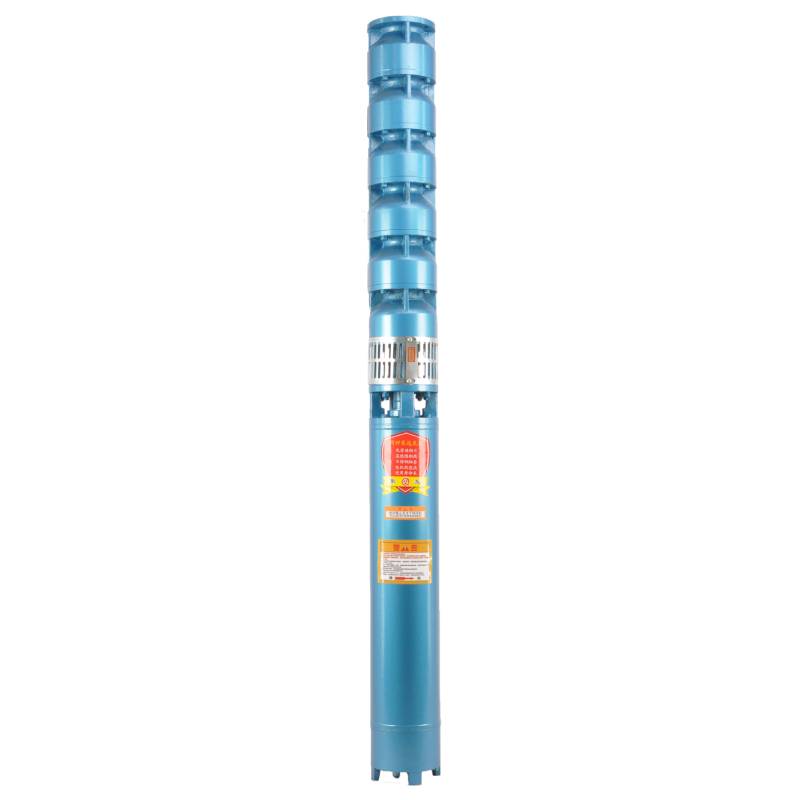9 月 . 25, 2024 11:45 Back to list
Guide to Installing a Submersible Pump in a Deep Well for Efficient Water Extraction
Installing a Submersible Pump in a Deep Water Well
Installing a submersible pump in a deep water well can be a crucial task for ensuring a reliable water supply for various applications, ranging from agricultural irrigation to household use. This process requires careful planning, proper equipment, and a systematic approach to ensure efficiency and safety.
Firstly, it is essential to choose the right submersible pump for your specific needs. Factors such as the depth of the well, the required flow rate, and the type of water (clean, sandy, or muddy) play a significant role in determining the appropriate pump. A knowledgeable supplier can provide guidance based on the well's specifications and the intended use of the water.
Once you have selected the right pump, the first step in the installation process is to prepare your well site
. This involves clearing the area around the wellhead to ensure easy access to the pump and other necessary equipment. Safety should be a priority; wearing appropriate personal protective equipment (PPE) is vital to prevent accidents during installation.Next, you will need to assemble the necessary tools and materials. Common tools include a pipe wrench, a cable cutter, and a drill. Additionally, ensure that all the components of the pump, such as the motor, pump shaft, and discharge head, are present and correctly sized for your well.
installing a submersible pump in a deep water well

The actual installation begins with lowering the pump into the well. One must attach the pump securely to a riser pipe before slowly lowering it into the well. Ensure that the power cable is appropriately managed to avoid tangling or damage during the descent. It’s crucial to maintain a vertical position for the pump to prevent any mechanical failures.
Once the pump is at the required depth, it should be connected to the power supply. This requires connecting the motor to an electrical control box, ensuring all connections are waterproof to prevent shorts due to moisture. Always follow the manufacturer’s guidelines for electrical connections to avoid hazards.
After establishing the connections, it’s time to conduct a water test. Turn on the pump and check for any leaks, unusual noises, or vibrations. This will help ensure that your installation is successful and that the pump is functioning efficiently.
In conclusion, installing a submersible pump in a deep water well requires meticulous planning and execution. By selecting the right equipment, preparing the site, and following proper procedures, you can ensure a dependable water supply for your needs. Remember, when in doubt, consulting a professional can save time and prevent costly mistakes.
-
Your Guide to Deep Well Pumps
NewsOct.31,2024
-
Why Choose a Stainless Steel Deep Well Pump?
NewsOct.31,2024
-
Understanding Water-Filled Submersible Pumps
NewsOct.31,2024
-
Understanding SS Submersible Pumps
NewsOct.31,2024
-
Reliable Submersible Well Pumps for Your Water Supply Needs
NewsOct.31,2024
-
Choosing the Right Submersible Pump for Your Water Management Needs
NewsOct.31,2024
-
 Understanding Water-Filled Submersible PumpsWhen it comes to selecting the right pump for your water management needs, understanding the different types available is crucial.Detail
Understanding Water-Filled Submersible PumpsWhen it comes to selecting the right pump for your water management needs, understanding the different types available is crucial.Detail -
 Guide to Installing a Deep Well Submersible PumpWhen dealing with deep wells, a deep well submersible pump is often the most effective solution for extracting water from significant depths.Detail
Guide to Installing a Deep Well Submersible PumpWhen dealing with deep wells, a deep well submersible pump is often the most effective solution for extracting water from significant depths.Detail -
 Finding the Right Submersible PumpWhen seeking an efficient solution for pumping water from deep wells, sumps, or other applications, the submersible pump is a leading choice.Detail
Finding the Right Submersible PumpWhen seeking an efficient solution for pumping water from deep wells, sumps, or other applications, the submersible pump is a leading choice.Detail
